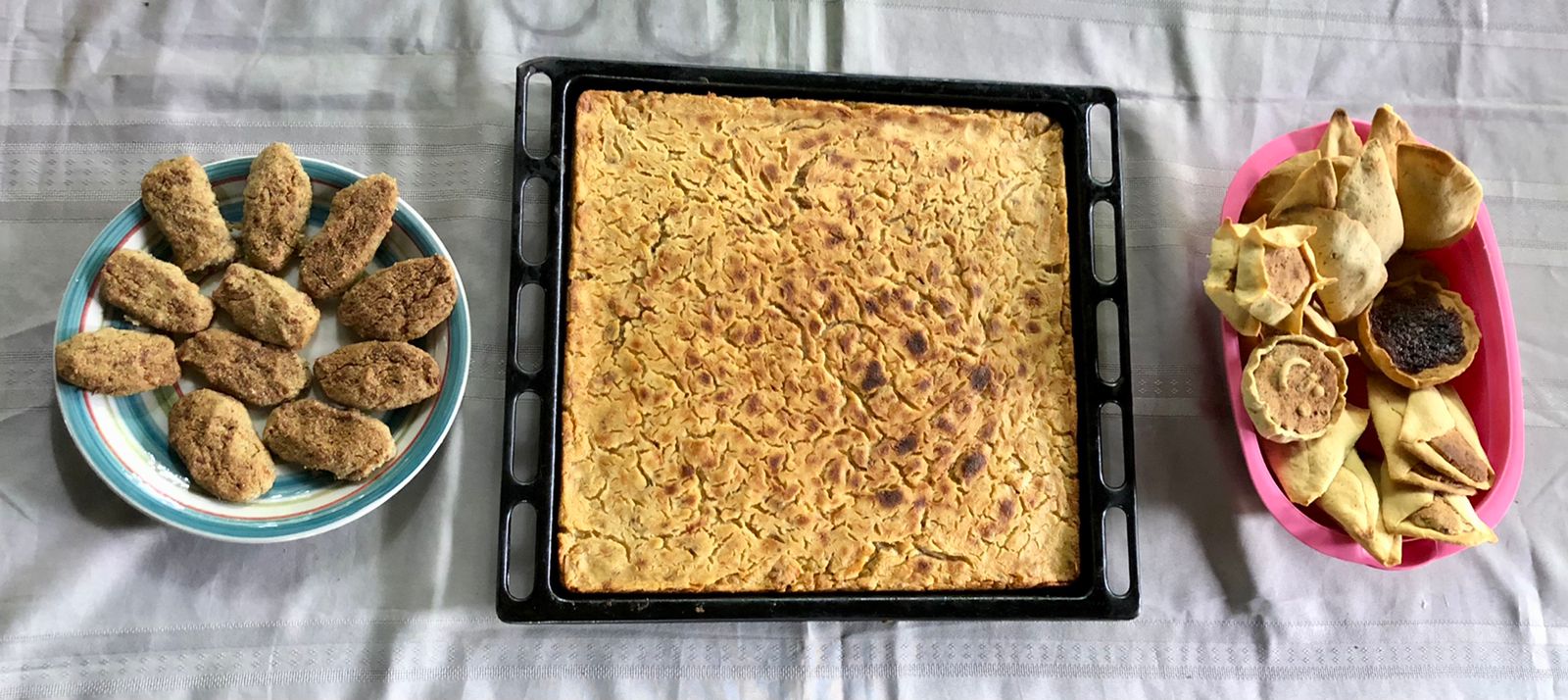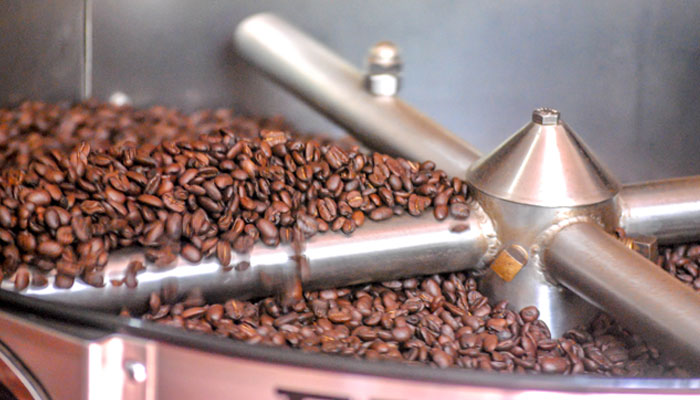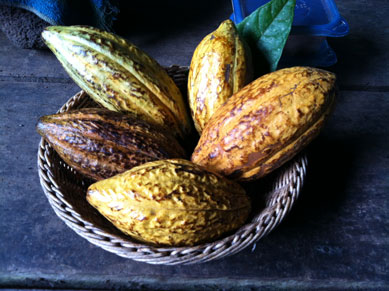“Your presence here is changing the way this country is developing. By investing your time and resources to come to Costa Rica to enjoy its biodiversity, you add value to it, and thus to the country.”
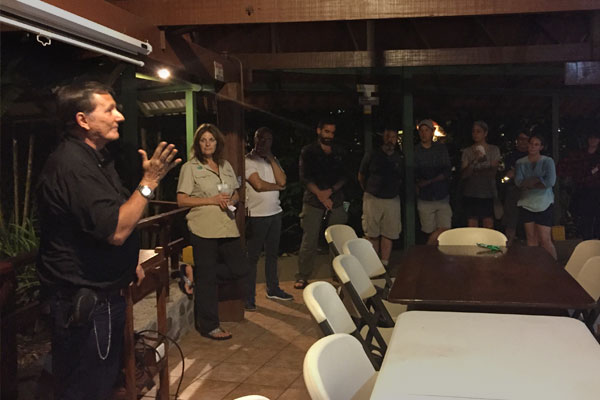
Dr. Carlos de la Rosa, the director of the Organization for Tropical Studies (OTS) at La Selva Biological Station, wrapped up the inaugural Costa Rica International Birding Conference (CRIBC) with that lasting message. During the previous three days, participants at the conference had met with experts, explored the rainforest, and came away with a greater understanding of conservation in Costa Rica – and the important role that ecotourism plays.
Today, 27% of Costa Rica’s land is protected by law, and the country is a world leader in conservation initiatives. But it wasn’t always this way: in the 1980s, Costa Rica had the highest deforestation rate in Latin America, posing a huge threat to its own rich biodiversity living among the trees.
So how has Costa Rica become a conservation success story? Many people think about the concept in terms of planting trees and protecting endangered species, but it’s only one piece of the puzzle. Costa Rica’s conservation landscape connects business, science, agriculture, economics, and tourism, and all elements are factors in the progress the country has made since the 1980s.
Read more
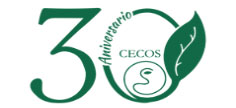 If you’ve been to Selva Verde Lodge you may well know about the Sarapiquí Conservation Learning Center, commonly known as the Learning Center. Perhaps you enjoyed a charla or visit with a local community member at their home during a trip with Road Scholar, or perhaps you planted a tree at a local farm while visiting with your high school.
If you’ve been to Selva Verde Lodge you may well know about the Sarapiquí Conservation Learning Center, commonly known as the Learning Center. Perhaps you enjoyed a charla or visit with a local community member at their home during a trip with Road Scholar, or perhaps you planted a tree at a local farm while visiting with your high school. 






